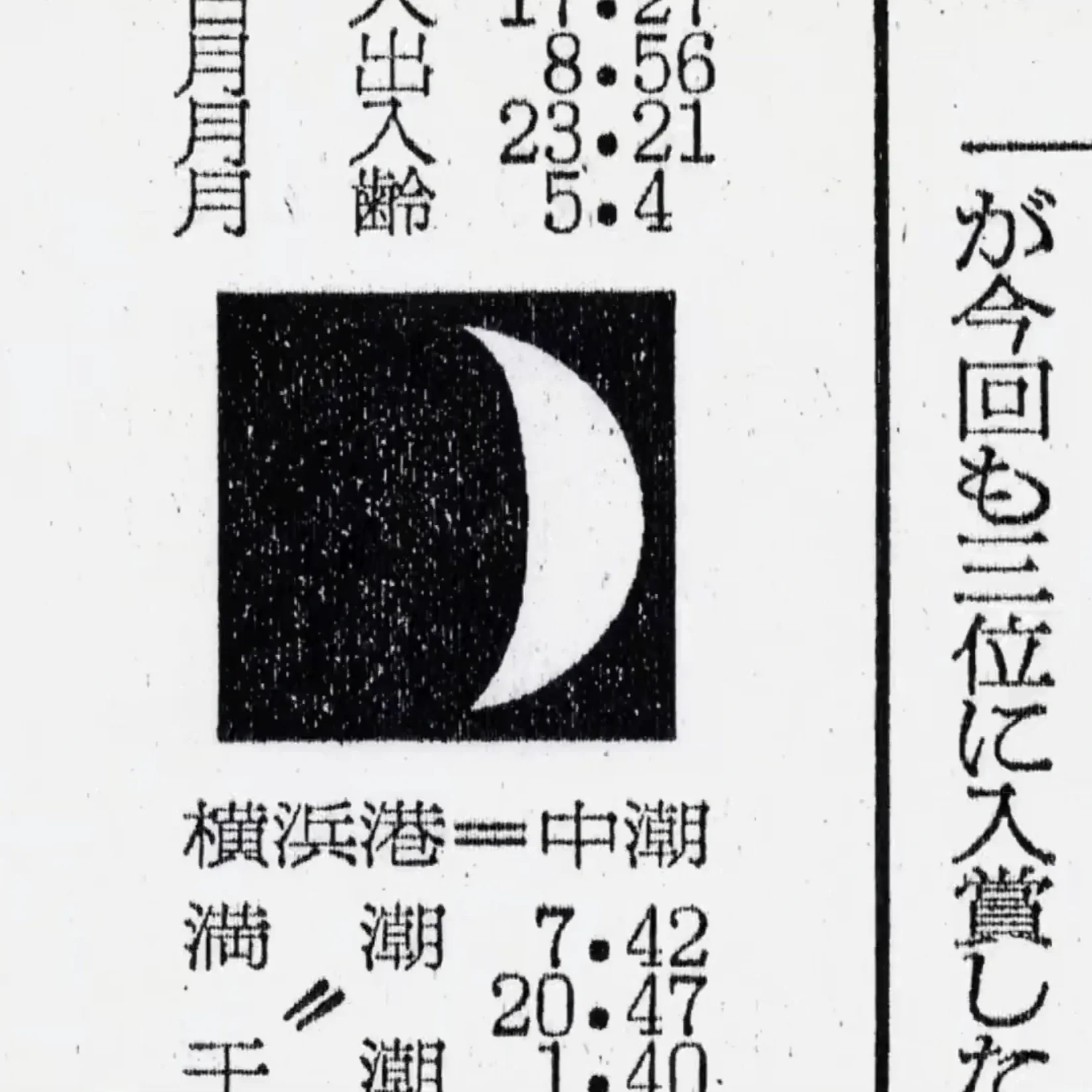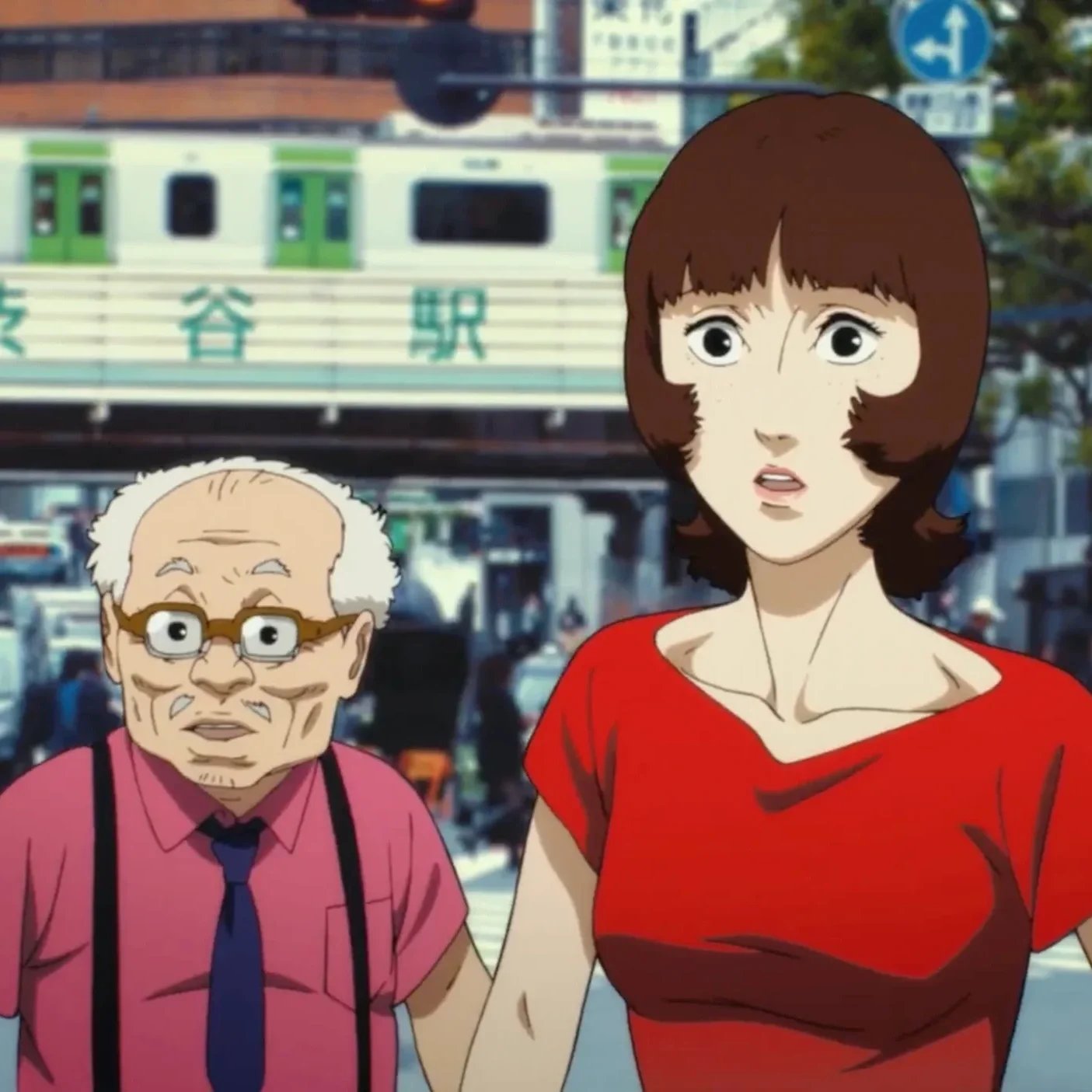From Japan to India - The woodblock prints of Hiroshi Yoshida
Morning Mist in Taj Mahal, no. 5│© Hiroshi yoshida│source Ukiyo-e.org
Japan was emerging from two centuries of seclusion in the beginning of the 20th century. A young artist named Hiroshi Yoshida decided to set out on a journey that would forever change the course of his life and art.
Yoshida’s passion for adventure and a keen eye for capturing the essence of faraway lands, took him across continents and cultures. One such journey was to the vibrant and enigmatic land of India. It was there, amidst the kaleidoscopic culture of colours, sounds, and lights, that Yoshida's unique talent for woodblock printmaking found its true canvas. During his time there, Yoshida produced multiple artworks and series that not only captured the striking beauty of the Indian subcontinent, but also demonstrated Yoshida's exceptional mastery and advancement of the woodblock printmaking art form itself.
Ghat in Benares│© Hiroshi yoshida│source Ukiyo-e.org
Japanese woodblock printing
A traditional Japanese art form dating back to the 17th century, known as Ukiyo-e is characterised by intricate woodblock prints that capture the fleeting nature of life. Ukiyo-e translates to "pictures of the floating world". Ukiyo-e prints production peaked during an era of profound social and cultural transformation, and the art form continues to gain praise for its unique aesthetic and its ability to convey the fleeting and ephemeral nature of life.
The ukiyo-e art form reached its peak during Japan's Edo period from 1603-1867, Production of exquisite, large-format woodblock prints that captured the vibrancy of the "floating world." portrayed images of courtesans, Kabuki actors, warriors(samurai) and landscapes. These prints were mass-produced and affordable hence, found an avid audience among the growing middle class, eager to adorn their homes with beautiful art but ukiyo-e serves a deeper role beyond mere decoration and pleasure.
During 1600-1800, when the shogunate's military government kept Japan closed off from the outside world, ukiyo-e offered a glimpse into the country's entertainment industry and rapidly growing and evolving urban culture. People of Japan recognised Ukiyo-e art as an escapist window depicting life's fleeting joys through its vibrant depictions of kabuki theatres, geisha houses, and stunning natural sceneries. Besides finding solace in this traditional art during a period of change, Ukiyo-e also became one of the driving factors in the Japanese economy, Employing legions of skilled artisans, carvers, printers, and publishers across a sprawling industry. This rich artistic tradition, both aesthetically adored and culturally pivotal, influenced artists like Hiroshi Yoshida and helped to propel his own creative endeavours.
Khanchinjanga, Afternoon│© Hiroshi yoshida│source Ukiyo-e.org
Hiroshi Yoshida’s life
Hiroshi Yoshida(1876-1950) was a renowned Japanese painter and woodblock printmaker, who became famous for his landscape prints depicting scenic areas across Japan and overseas. Yoshida was one of the most important artists who was involved in the shin-hanga (new print) movement in the early 20th century in Japan. Shin-hanga was an art movement in the Taisho era that sought to revitalise Edo and Meiji Era's ukiyo-e woodblock printing. Shin-hanga translated to “new woodcut prints”, that maintained the traditional Collaborative(Hanmoto) system where the artist, carver, printer and publisher worked together as divisions of labour.
The movement was initialised by Watanabe Shozaburo and flourished during 1915-1942. Yoshida had already gained fame due to his painting career when he first met Watanabe, who then persuaded Yoshida to create his first woodcut painting. Yoshida helped revive the Ukiyo-e tradition and introduced it to the International audience. Shin-hanga artists were heavily influenced by the European art movement of Impressionism which itself was inspired by the Ukiyo-e art form.
Hiroshi Yoshida in 1949│© Koyo Okada
Yoshida masterfully captured light, atmosphere and natural world. With over 500 woodblock prints created by Yoshida during his lifetime, his legacy is still treasured today for its technical brilliance and poetic depictions of nature. Yoshida's love for travelling and adventure had taken him to Europe, Africa and twice to America before he was thirty. Having seen India Prints by Bartlett (an European artist residing in Tokyo), Yoshida decided to visit India. He had a very strong sense of design and mastery of composition, seemingly Japanese, contradicting his main inspiration coming from Western-style painting.
Yoshida was known to be extremely particular about the process and final quality of his woodblock prints. He would not provide his official stamp of approval or signature unless he was completely satisfied with the finished result. On works that Yoshida printed himself, he always included the notation "jizuri" which means "self-printed" in Japanese. Prints created after Yoshida's death in 1950 do not bear the jizuri mark, and are considered less valuable than those he self-printed during his lifetime. Additionally, Yoshida's authentic self-printed works are signed with his family name "Yoshida" written in brush and ink, accompanied by a separate red seal stamped with just "Hiroshi." This jizuri notation combined with his dual signature indicates the highest quality prints produced under Yoshida's own exacting supervision.
Yoshida in India
In 1930, Hiroshi Yoshida travelled to India. He spent four months from November 1930 travelling and immersing himself in India and Southeast Asia. During this journey, he managed to produce an impressive total of 32 distinct woodblock prints. His ability to capture the spirit and grandeur of India's historical sites through his innovative printmaking skills made the works from this pivotal 1930 trip some of Yoshida's most celebrated pieces.
High Gate in Ajmer│© Hiroshi yoshida│source Ukiyo-e.org
In India, Yoshida was particularly fascinated by the quality of light. He created several prints of the same location at different times of the day. Taj Mahal series is one of his most famous works that captures the serene beauty of the monument at different times of the day and night, depicting the difference in tone and mood throughout the day.
During his travels in India, Yoshida visited several cities renowned for their royal heritage and grand architecture. This included Agra, Delhi, Jaipur, and Lahore.In addition to the iconic Taj Mahal, Yoshida's prints from this trip depicted other celebrated sites like Delhi's Jama Masjid mosque, the Shalimar Gardens in Lahore, and the Ajmer Gate in Jaipur. The artist also created woodblock prints of the Madurai Meenakshi Temple, the Ellora Caves, and more Indian landmarks.
Ajmer Gate, Jaipur│© Hiroshi yoshida│source Ronin Gallery
Shalimar Garden, Lahore│© Hiroshi yoshida│source Ukiyo-e.org
Jami Masjid, Delhi│© Hiroshi yoshida│source Ronin Gallery















How Hiroo Isono captured the beauty of nature through his mythical art.